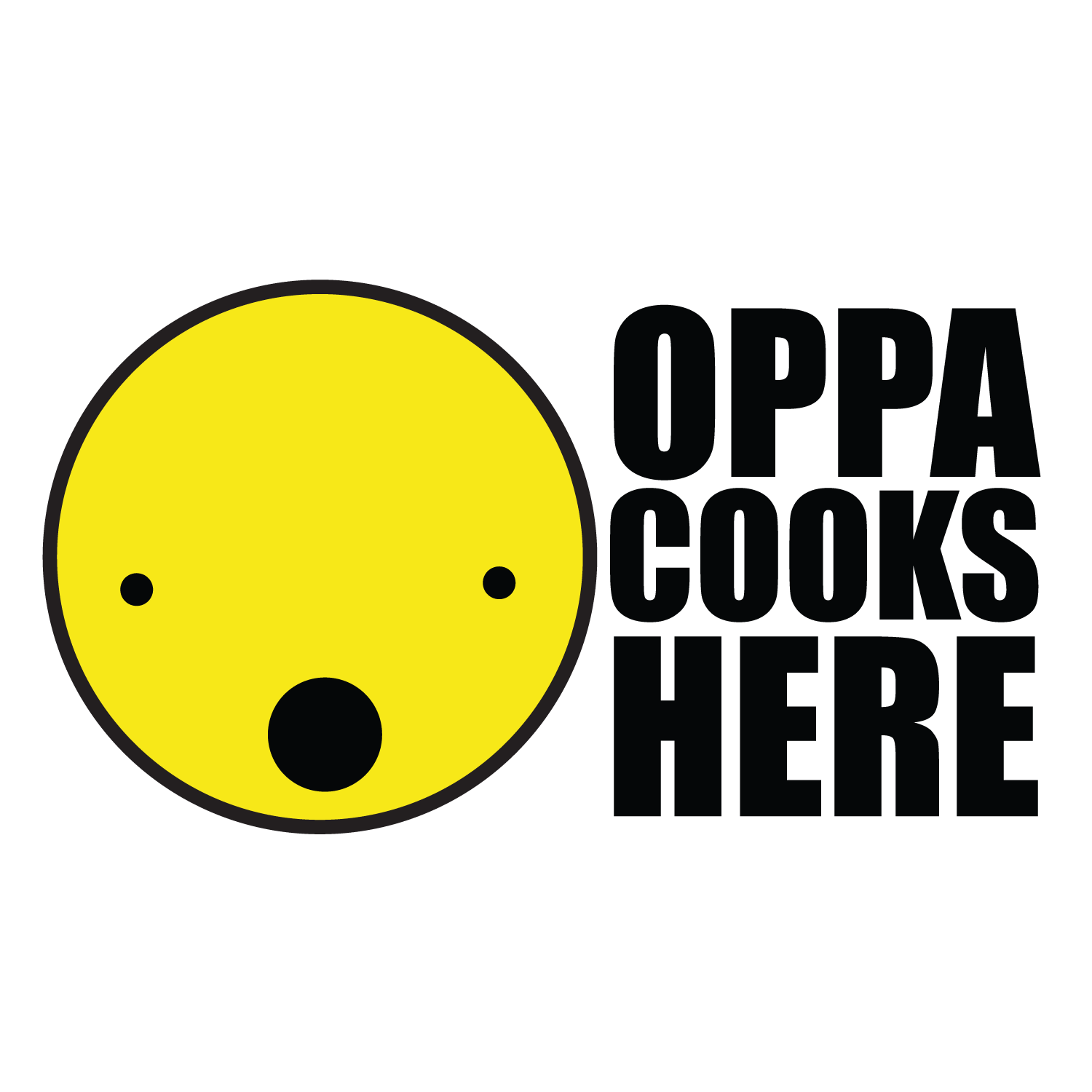Gochujang
Gochujang refers to Korean Red Pepper Paste and is an easy pantry staple to stock for beginners to Korean cooking.
What is it?
Korean Red Pepper Paste is a fermented, sweet and spicy paste used as a seasoning ingredient that can also be eaten as a dressing or dip. Traditionally, Gochujang was made with only a few ingredients (sweet rice flour, water, grain syrup like rice syrup, malt, MEJU (Korean-style fermented soybean blocks), salt and Gochugaru (Korean Red Pepper Powder). Its highest luxury was the expense of time as it required a fermentation period of 8 months or longer.
Commercial Gochujang has availed us to instant paste whenever we want it, but like anything in life, there have been tradeoffs. Companies replace many ingredients with cheaper alternatives. This means that Gochujang is a cheap and cheerful product to get (which isn’t really a bad thing) but the quality is nothing like the homemade version.
Common Ingredient Substitutions in Commercial Gochujang
Rice Syrup -> Corn Syrup
Rice syrup (made by boiling the cooked water or rice + malt, see Maangchi’s recipe here) can’t compare to the rock-bottom prices of Corn Syrup.
MEJU -> Meju Powder
This is a commercial product that has made Gochujang-making a whole lot easier for the home cook, so I can’t really complain about this (hopefully) minimally processed product.
Gochugaru -> “Gochugaru Seasoning”: This is a pre-ground, mixed powder (adding flavour powders like garlic and onion)
This is the biggest downfall of mass-produced Gochujang. Homemade Gochujang should have at least 30% Korean Red Pepper Powder. Commercial Gochujang contains less than 10%, mostly made up of this “Seasoning” that’s diluted with filler powders like onion and garlic.
Fermentation -> Preservatives
Naturally fermented products last ages without spoiling. Because the Gochujang we see on the shelves has been manufactured with flavour and price in mind, it’s not a truly fermented product. Hence the need for preservatives.
Basically, traditional Gochujang was made as a fermented seasoning meant to complement a healthy eating lifestyle. Commercial Gochujang is the same in looks only and should be consumed in moderation as it’s high in sugar and salt (mostly sugar).
Best-Seller Gochujang Brands
These products are easy to buy (widely available) and budget-friendly.
CJ’s HaeChandle: #1 Selling Gochujang in Korea. CJ is the Korean food giant behind Bibigo (sold at Costco).
HaeChandle’s Gochujang looks like this.
ChungJungOne: Close runner-up and solid for price and flavour.
ChungJuneOne’s Gochujang looks like this.
Premium Gochujang Brands
Quality products with few ingredients, truly fermented, no additives.
Q-Rapha: (Soybeans) Grown and processed in Virginia, USA by Korean artisan.
Yoon Ji-Young (Alali Food): Law student turned health food maker.
Yoon Ji-Young uses only soybeans grown in Korea. Gochujang, Doenjang, Ganjang (Soy Sauce) are available.
How do you use Gochujang?
Tteokbokki. Need I say more.
Use this paste to add a fiery kick to any soups or stews- whenever a recipe calls for Gochugaru, you can sub with this in a pinch.
Change the consistency with vinegar/oil/water and use it as a dressing (for wild edibles/salads/Banchan side dish).
Enjoy straight up to dip meats (Korean BBQ anyone?) or vegetables (like crunchy Korean peppers!).


